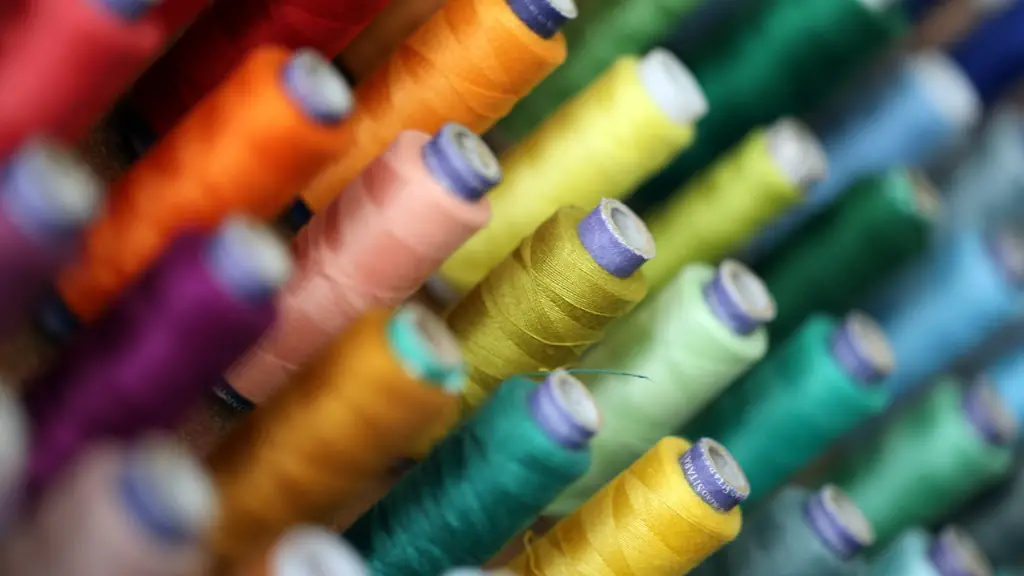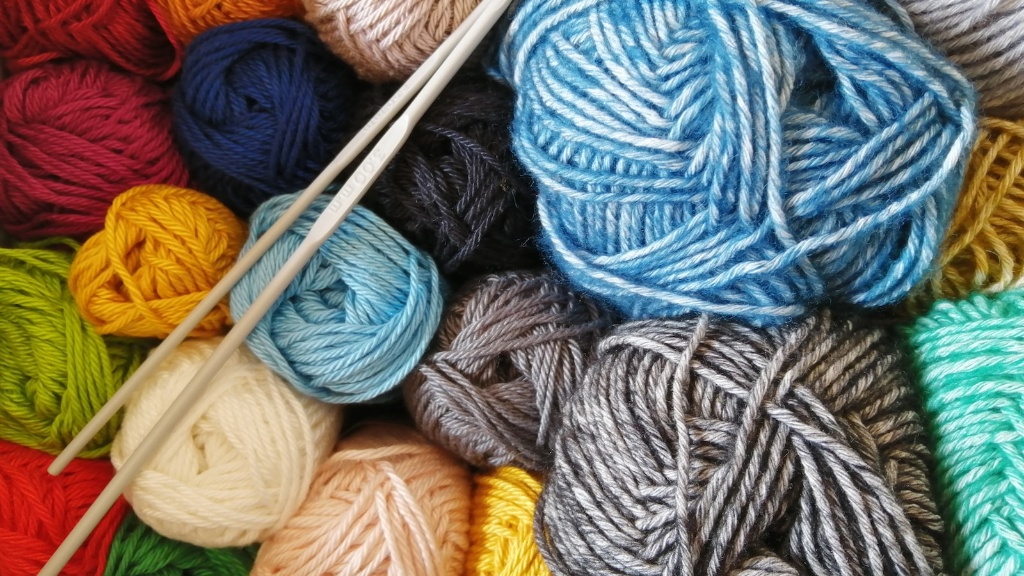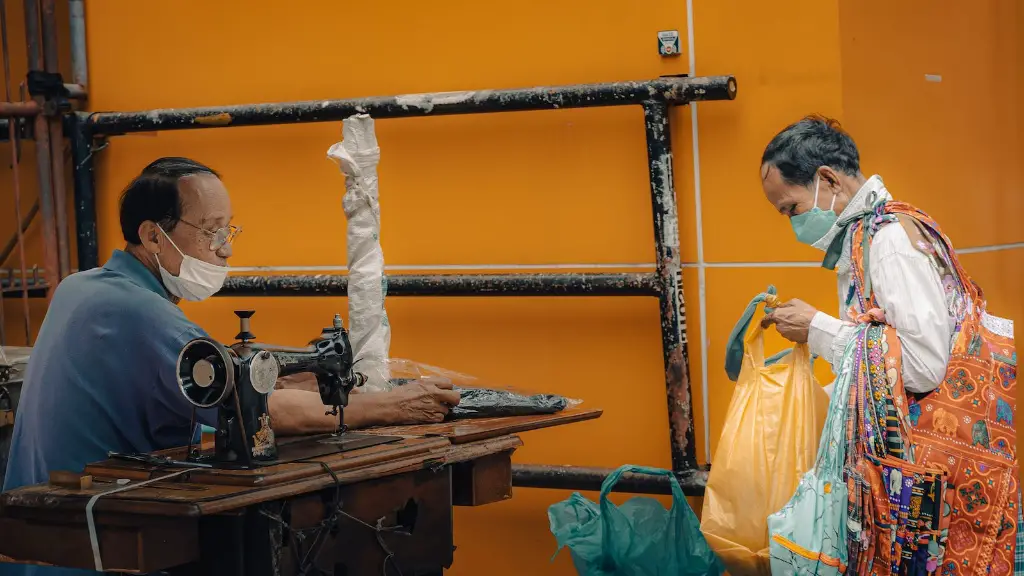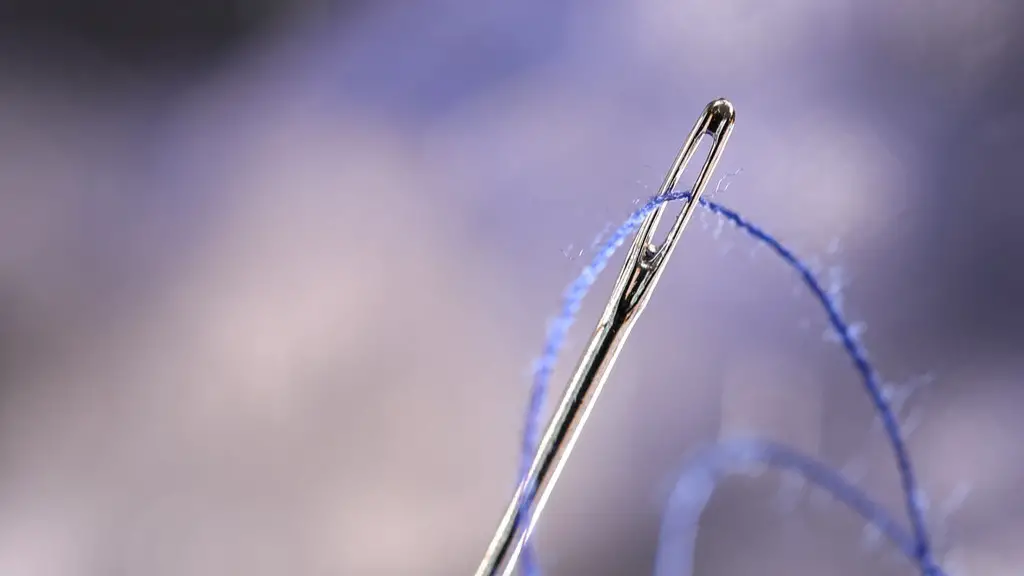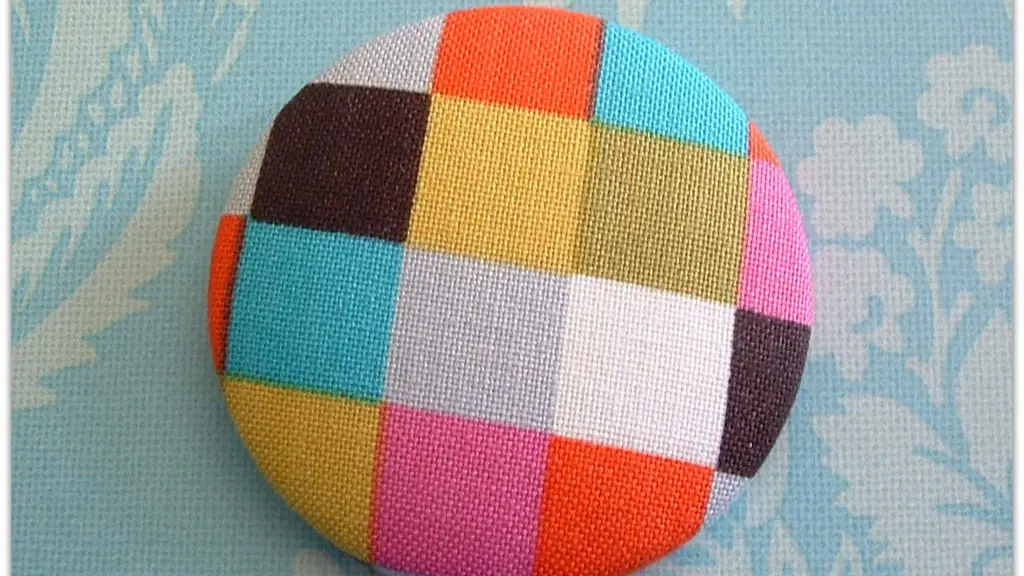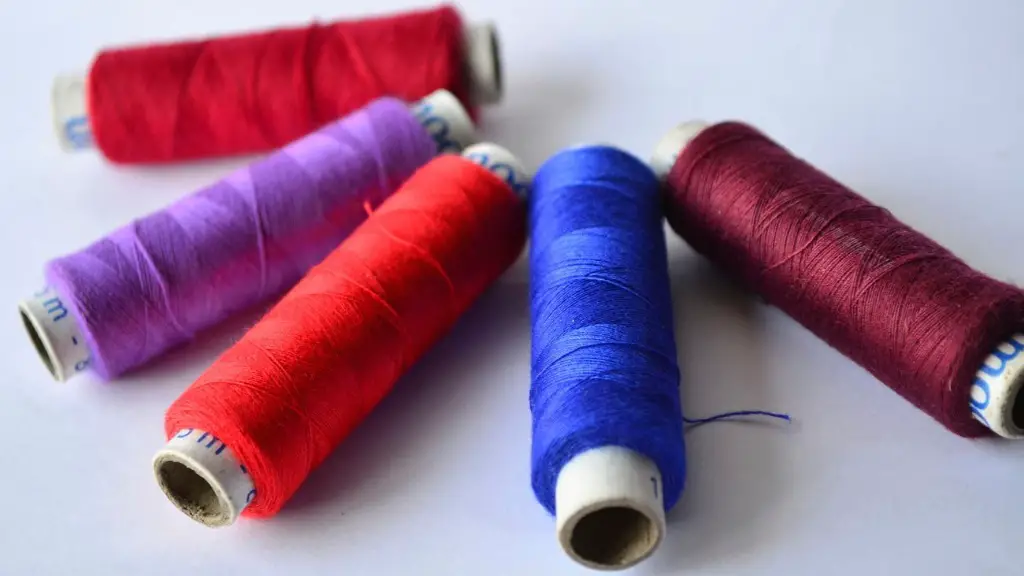Can You Hem Pants Without a Sewing Machine?
Hemming pants and clothing is one of those tasks that many people dread. After all, it’s a time-consuming process, not to mention delicate. But what if you don’t have a sewing machine? Is there a way to hem pants without one?
The quick answer is yes! Professional seamstress and stylist Yolanda Goodwin explains that you can still hem pants without a sewing machine. “It just takes a little more patience and elbow grease,” she says. “The right tools and a bit of know-how can go a long way in helping you get the perfect fit for your pants or any item of clothing.”
The challenge of hemming without a sewing machine is that it takes longer and can be more difficult to achieve a finished, tailored look. However, with quality tools and a bit of practice, you can achieve the desired result. Aside from tools, you need the right technique to achieve a professional-looking hem.
The key tools you need to hem pants without a sewing machine include a measuring tape, fabric marker, pins, hand-sewing needles, and scissors. You can find all of these in most craft, seamstress, and fabric stores, such as Jo-Ann’s Fabric and Craft, Hobby Lobby, and Michaels. Quality is important, so be sure to purchase the best tools available.
The basics of hemming pants, with or without a machine, involve measuring and marking your pant legs, pinning them up, and then sewing or hand-stitching the edges. In this process, the measuring and marking is where accuracy counts the most. When measuring, you’ll want to measure from the bottom of the pant leg to the desired length, plus an extra inch or two so that you can fold the fabric up for the hem. Then mark the desired length in from the bottom using a fabric marker or pins.
Next, you’ll want to fold up the fabric according to the mark. The most common fold for pants’ hems is a double fold, meaning that you’ll fold the fabric edge in twice, leaving a ¼-inch space between both folds. This should leave you with a neat, tight hem that won’t fray or unravel. After you’ve finished folding, you’ll want to pin the fabric in place.
At this point, you can decide whether to hand-stitch or machine- stitch the hem. If you’ve chosen to hand stitch, begin with a series of simple running stitches. To do this, you’ll want to thread a hand-sewing needle with a matching-color thread, then stitch back and forth through the fabric layers. Each stitch should go through the pinned-up fabric, with each stitch the same length apart from each other.
Creating a Style
Hemming can do more than just shorten the length of your pants; it can also give them a stylish design. Consider adding detailing such as cuffed hems or side slits to your pants’ legs. This can enhance their look, making them more fashionable and unique. To do this, you’ll want to measure, mark, and pin the fabric in the desired locations, then hand-stitch in the appropriate design.
For example, if you want to add cuffed hems to your pants, you’ll start by marking and pinning the fabric before hand-stitching a running stitch around the folded edge of the cuff. You can then proceed to sew a curved edge or a hemming stitch along the raw edge of the cuff’s hem. This will keep the cuff in place, allowing for a neatly finished look.
Side slits can also be added to pants if desired. To do this, simply measure the desired length of the slit, and mark it in with a fabric marker or pins. Then, fold the fabric inwards, pin it in place, and hand-stitch the folded edge with a running stitch. Finally, use a curved stitch along the raw edge of the slit to keep it securely in place.
Hemming Difficult Fabrics
While hemming pants is relatively straightforward, certain fabrics can be more difficult to work with, such as leather and suede. To ensure success when hemming these fabrics, use specialist tools such as a leather needle and twine. For suede, you will also want to use waxed thread and a special suede needle.
Before sewing, you will also want to apply a waterproof protector to the fabric to ensure that the hem does not get damaged. When hand-stitching, you’ll want to use a series of slanted stitch techniques, known as ‘saddle-stitching’, in order to keep the stitches from loosening over time. For leather and suede, you may also want to use a heavy-duty thread known as ‘public linen’, which has been designed to withstand wear and tear.
Patterned Fabrics
Hemming pants with patterned fabrics can be particularly challenging, as the stitching can be visible on the other side of the fabric. To avoid this, use a special patterned topstitch or zigzag stitch. These will blend in with the pattern and create a subtle contour.
Begin by measuring and marking the desired length, then pin the fabric in place. Start by stitching from the wrong side of the fabric in order to hide the pattern from view. To achieve a neat finish, use a quilting ruler to measure the stitch distance, and try and use the same number of stitches throughout. Finally, use a zigzag stitch to reinforce and camouflage the stitch, ensuring that it does not show through on the right side of the fabric.
Using a Iron On Hem Tape
For a quick and easy way to finish hems, use iron-on hem tape. This is available in most fabric stores and best used with light to medium-weight fabrics. To use, simply measure and mark the desired length, then use the tape to affix the hem in place. All you need to do is position the tape along the fabric fold and apply a clothes iron to adhere the tape.
The main advantage of using hem tape is that it’s simple and fast, but it doesn’t offer the same tailored finish as hand-stitched or machine-stitched hems. Nevertheless, it’s a quick and easy way to hem a pair of pants or any item of clothing without a sewing machine.
Finishing Touches
Once you’ve finished hemming your pants, you’ll want to check the finished fabric for any loose ends. Use a pair of scissors to trim any stray threads or excess fabric. Finally, you can press the finished hem with a clothes iron to keep it in place.
Tips For Success
When hemming pants without a sewing machine, use quality fabrics and supplies to ensure a successful outcome. For example, use a strong thread that won’t break when stretched. And if you’re using a fabric marker, make sure it’s fabric-appropriate as some permanent markers can damage certain fabrics.
Also, take it one step at a time. This means measuring and marking the fabric properly, pinning the hem in place, and then hand-stitching along the edge. If you take the time to check your work as you go, you can avoid any mistakes or misalignments that could spoil the desired look.
Experimenting With Patterns
Hemming without a sewing machine is about more than just making your pants fit; it’s also about adding a unique and stylish design. To make your pants stand out from the crowd, experiment with decorative hems such as cuffs and side slits. If you’re feeling particularly creative, you can even add contrasting thread colors to create a bold look.
When hemming patterned fabric, consider using a subtle topstitch or zigzag stitch to blend in with the fabric’s pattern. If you’re in a hurry, consider using iron-on hem tape, but bear in mind that it doesn’t offer the same tailored look as hand-stitching.
Hemming With Care
For hems with difficult fabrics, such as suede and leather, you’ll need to use special tools such as a leather needle and twine, and waterproof protection. In addition, a slanted or curved stitch should be used, to ensure that the stitches stay in place. Remember, the most important aspect of any hemming experience is to take your time, double-check your measurements, and stitch with care.
